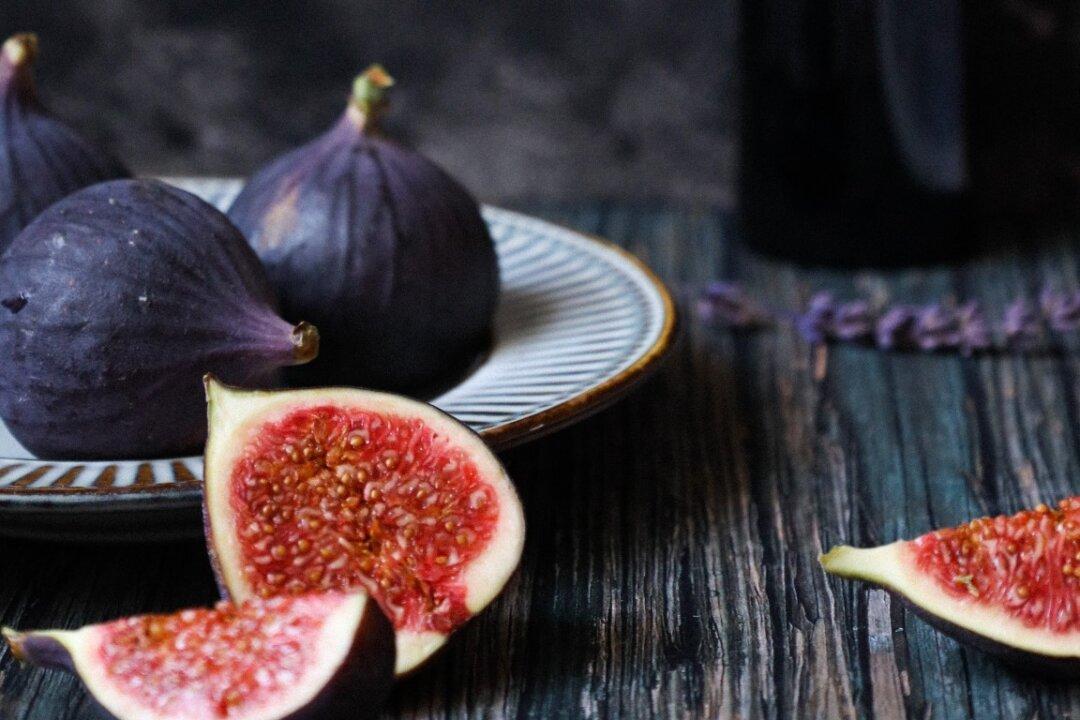Just when local tomatoes start to dwindle at the market, figs arrive in all their green and purple glory, a harbinger of autumn. Figs also have a shorter, smaller harvest in early summer, but the main event comes at the end. The season is still short, so grab these precious fruits while you can.
The fig and its tree have been embedded in the history of the world for millennia, mentioned in ancient Buddhist scriptures, Egyptian scrolls, and the Old and New Testaments. Some scholars believe the fruit consumed in the garden of Eden was a fig, not an apple.





